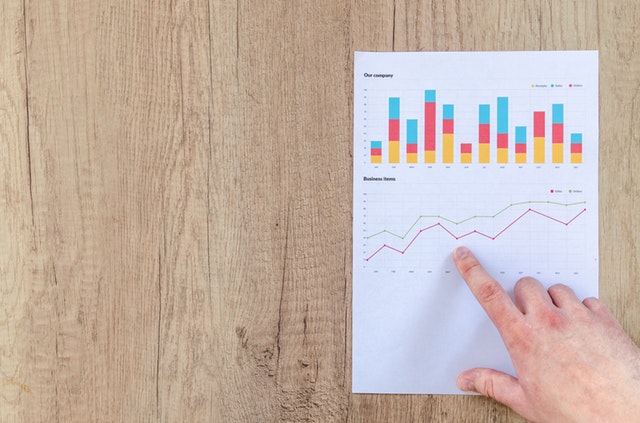What To Expect From An SEO Report
Whenever you hire an SEO agency, you should expect a monthly report. But reports can differ significantly between agencies. Regardless of what it looks like, however, the report should give you a clear idea of the benefits their work is having on your business.
Unfortunately, this often isn’t the case. The vast majority of SEO reports contain too little detail or overload clients with technical info. This can be incredibly misleading for a lot of business owners. It can also lead business owners to continue working with an agency even though they aren’t benefiting your business.
By knowing what to expect from an SEO report, you’ll be able to identify a trustworthy SEO service that can help you rank. Let’s get started by looking at what makes up a good SEO report.
The Basics of an SEO Report
At its most basic. An SEO report must provide the need-to-know data about a business’ SEO. This includes:
- Traffic
- Conversions
- Rankings
The whole purpose of SEO is to improve your visibility in Google, increase traffic and get you more customers. The three factors above account for all of that.
What Else Should You Look For in an SEO Report
But that’s not all an SEO report should contain. They way it is presented also counts. It must be easy to read, contain relevant information and make the ROI you are getting obvious.
1. SEO Metrics
SEO metrics are a great way to present SEO efforts and results in a way that make it easy for business owners to understand what is going on. They can quickly sum up how successful SEO efforts have been.
These shouldn’t just be any old metrics, however. The metrics that you are presented with should align with your SEO objectives. Not every SEO campaign is the same but here are some relevant SEO metrics that you could expect to see:
- Conversion rates that show how much of your traffic is converting
- Traffic broken down per page and per traffic source
- Problems that are stopping you from ranking better such as site speed or page errors.
2. Comments
Metrics should be easy to understand on the face of it. But the SEO company should also explain what these graphs and stats are showing, too. That way the report is as easy to digest as possible and everyone can be happy that it is understood.
Some agencies will use technical jargon in their reports that can confuse business owners. This should be avoided at all costs. The easier their comments are to understand, the more open the SEO agency will be and the chances are they will perform better, too.
3. Next Steps
Your SEO report should be part of an ongoing engagement that you have with a company. That means, presumably, that they will be doing more work next month. The final thing that your SEO report should contain, therefore, is the next steps that the company is going to take and what they hope to achieve from doing that.
If you’re not happy with your current SEO report, try our services instead. Get in touch today for a free consultation.










